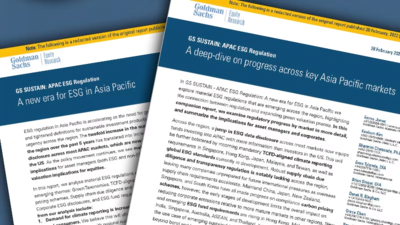Podcast Summary
This podcast episode features a discussion with Wayne Doll, Assistant Portfolio Manager of Oak Tree’s Global Credit Strategy, and Mark Jacobs, co-portfolio manager of Oak Tree’s real estate income strategy. The conversation revolves around the recent shifts in the yield curve, investor expectations, the performance of high yield bonds, and the challenges posed by higher interest rates. The discussion also delves into the opportunistic credit landscape and the opportunities in the real estate market.
Key Takeaways
Shifts in the Yield Curve and High Yield Bonds Performance
- Yield Curve Dynamics: The yield curve has seen significant changes, reflecting the volatility in short interest rates and the difficulty of forecasting interest rates and inflation. The market expected interest rates to end 2023 at around 4.5%, but it dropped to below 4% by the end of March. Currently, interest rates are at about 5.5%.
- High Yield Bonds Performance: High yield bonds have outperformed long-dated treasury securities in this volatile interest rate environment due to higher yields and the ability to offset interest rate increases with credit risk. Credit spreads in high yield bonds have compressed by about 90 basis points, while five-year interest rates have increased by roughly 60 basis points.
Challenges Posed by Higher Interest Rates
- Impact on Companies: Higher interest rates have led to increased interest payments for floating rate borrowers, impacting their earnings. Companies with high leverage or declining earnings may face challenges due to higher interest rates. Even companies with no significant maturity in the near term could face liquidity issues.
- Importance of Good Credit Selection: Good credit selection is crucial in this market to avoid companies with financing challenges. Defaults may increase as some borrowers are unable to afford higher interest payments.
Opportunistic Credit Landscape
- Market Changes: The market for opportunistic credit has changed over the last year, with borrowers showing a greater sense of urgency. Two catalysts driving this urgency are deteriorating liquidity and upcoming maturities in 2025 and 2026.
- Opportunities in Private Credit: There are opportunities in private credit, with large rescue financings being privately negotiated. The availability of private opportunities and opportunistic credit is currently at its best in 10 years or longer.
Opportunities in the Real Estate Market
- Performance and Liquidity Differences: Despite the challenging macroeconomic backdrop, there are considerable differences in performance and liquidity across sectors and markets in real estate. Supply-demand fundamentals in multi-family and industrial sectors are still healthy and above historical averages.
- Buying Opportunities: Core assets in core markets are currently on sale and offer attractive buying opportunities. The guest sees an opportunity to buy high-quality assets at discounted prices due to limited liquidity and negative perception in the market.
Sentiment Analysis
- Bullish: The podcast expresses a bullish sentiment towards high yield bonds, which have performed well in the volatile interest rate environment. The discussion also highlights the attractive opportunities in the credit markets and the real estate sector, particularly in core assets in core markets.
- Bearish: A bearish sentiment is expressed towards companies with high leverage or declining earnings, which may face challenges due to higher interest rates. The podcast also indicates a bearish outlook on the opportunistic credit market, with deteriorating liquidity and upcoming maturities driving a sense of urgency among borrowers.
- Neutral: The podcast maintains a neutral stance on the yield curve, acknowledging the significant changes it has undergone and the difficulty of forecasting interest rates and inflation. It also presents a balanced view on the real estate market, noting the differences in performance and liquidity across sectors and markets.




